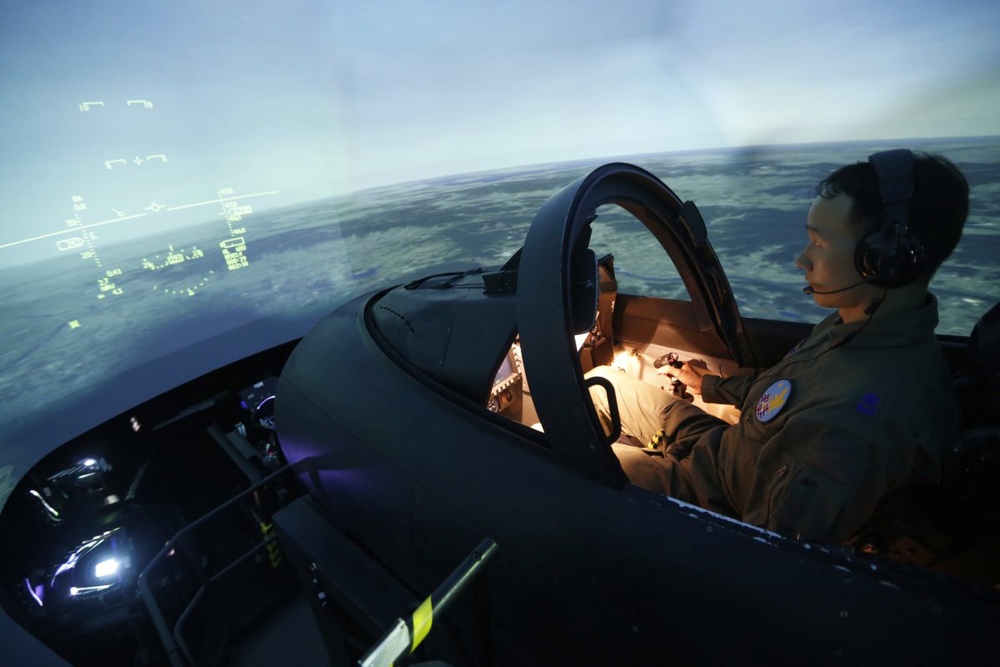
Tiny brain lesions are vastly more common in US Air Force pilots who fly at high altitudes than in non-pilots, AFP reports according to a study. The findings in the journal Neurology describe an analysis of 102 pilots who fly U-2 reconnaissance aircraft at an altitude of some 21,000 meters (70,000 feet). These pilots, age 26 to 50, had nearly four times the volume and three times the number of brain lesions as non-pilots, said the study. The lesions were spotted whether or not the pilots reported having the symptoms of decompression sickness. Non-pilots had some lesions, too, associated with normal aging. But they were mainly in the frontal white matter, while the lesions in high-altitude pilots were evenly distributed throughout the brain. Still, the impact of these lesions remains unclear. "The risk for decompression sickness among Air Force pilots has tripled from 2006, probably due to more frequent and longer periods of exposure for pilots," said study author Stephen McGuire of the University of Texas in San Antonio and the US Air Force School of Aerospace Medicine. "To date however, we have been unable to demonstrate any permanent clinical neurocognitive or memory decline." Decompression sickness is frequently called "the bends," and can affect scuba divers, pilots and mountain climbers when the pressure around a person changes quickly and nitrogen bubbles are released in the blood. U-2 planes began flying in the 1950s and were initially a project of the Central Intelligence Agency to improve surveillance of the Soviet Union after World War II.





Tiny brain lesions are vastly more common in US Air Force pilots who fly at high altitudes than in non-pilots, AFP reports according to a study.
The findings in the journal Neurology describe an analysis of 102 pilots who fly U-2 reconnaissance aircraft at an altitude of some 21,000 meters (70,000 feet).
These pilots, age 26 to 50, had nearly four times the volume and three times the number of brain lesions as non-pilots, said the study.
The lesions were spotted whether or not the pilots reported having the symptoms of decompression sickness.
Non-pilots had some lesions, too, associated with normal aging. But they were mainly in the frontal white matter, while the lesions in high-altitude pilots were evenly distributed throughout the brain.
Still, the impact of these lesions remains unclear.
"The risk for decompression sickness among Air Force pilots has tripled from 2006, probably due to more frequent and longer periods of exposure for pilots," said study author Stephen McGuire of the University of Texas in San Antonio and the US Air Force School of Aerospace Medicine.
"To date however, we have been unable to demonstrate any permanent clinical neurocognitive or memory decline."
Decompression sickness is frequently called "the bends," and can affect scuba divers, pilots and mountain climbers when the pressure around a person changes quickly and nitrogen bubbles are released in the blood.
U-2 planes began flying in the 1950s and were initially a project of the Central Intelligence Agency to improve surveillance of the Soviet Union after World War II.


 +7 (777) 001 44 99
+7 (777) 001 44 99















































